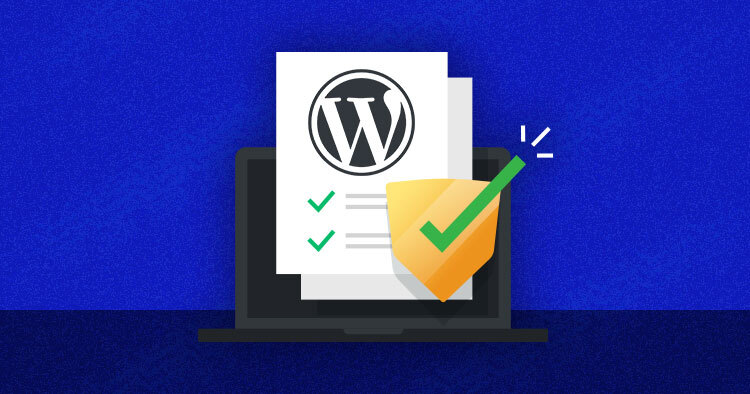Welcome to the world of WordPress theme development! In this blog post, we’ll explore the best practices for theme unit testing, a crucial aspect of creating robust and reliable WordPress themes. Whether you’re a seasoned developer or just starting, understanding these practices will enhance your ability to deliver high-quality themes.
Why Theme Unit Testing Matters
Theme unit testing plays a pivotal role in maintaining a WordPress theme’s integrity. It ensures that your theme performs well, is secure, and provides an optimal user experience. As we delve into the best practices, keep in mind the overarching goal: creating themes that stand out for their functionality and reliability.
Setting Up Your Testing Environment
Before we dive into testing practices, let’s set up a conducive testing environment. Learn how to create a local development environment and explore the tools that facilitate effective theme unit testing. Overcoming common challenges in setting up this environment is key to a seamless testing process.
Writing Effective Test Cases
Crafting meaningful test cases is an art. Explore the importance of well-structured test cases, discover tips for creating comprehensive scenarios, and strike a balance between edge cases and common use cases. A well-designed test case is your roadmap to identifying and rectifying potential issues.
Automating Theme Unit Tests
Automation can significantly streamline your testing process. Uncover automation tools tailored for WordPress theme development, weigh the pros and cons of automation, and learn how to seamlessly integrate automated testing into your workflow.
Addressing Cross-Browser Compatibility
Themes should look and perform consistently across browsers. Delve into the significance of cross-browser testing, explore tools and techniques for ensuring compatibility, and learn about common pitfalls to avoid in the cross-browser testing landscape.
Performance Testing for WordPress Themes
Performance is paramount. Understand how themes impact website performance, explore metrics crucial for performance testing, and discover tips for optimizing and fine-tuning your theme for speed. A fast and efficient theme contributes to an overall positive user experience.
Security Best Practices
Security is non-negotiable. Delve into the world of security in WordPress theme development, identify common vulnerabilities, and learn how to test for them. Adopting security best practices during testing ensures your themes are resilient to potential threats.
User Experience Testing
Themes should not only be functional but also user-friendly. Explore the importance of user-centric testing, discover tools and methods for assessing user experience, and address accessibility and responsiveness in your theme testing. A user-friendly theme is more likely to engage and retain visitors.
Documentation and Version Control
Documentation is your ally. Learn about the role of documentation in theme unit testing, leverage version control systems for efficient testing workflows, and embrace best practices for maintaining documentation and version history. Clear documentation ensures seamless collaboration and future enhancements.
Takeaway
As we conclude our journey through the best practices for theme unit testing in WordPress, reflect on the insights gained. Theme unit testing is not just a process; it’s a commitment to delivering themes that excel in performance, security, and user experience. Embrace these practices, and watch your themes shine in the competitive WordPress landscape.
When it comes to WordPress development, look no further than Web Boost Online. Their expertise and commitment to excellence make them the go-to choice for unleashing the full potential of your website.











